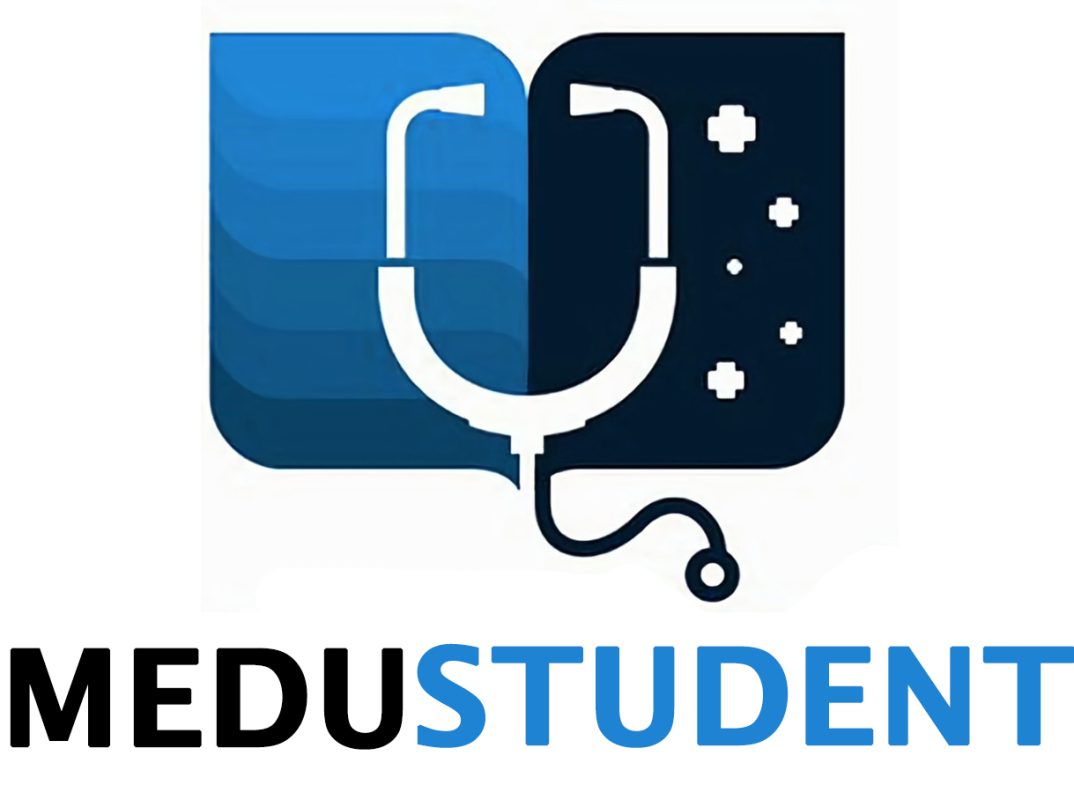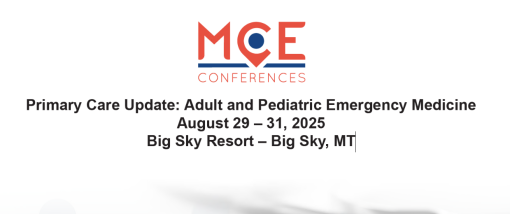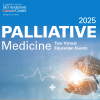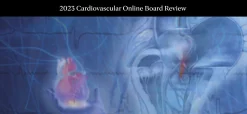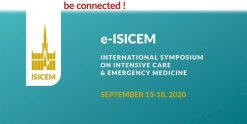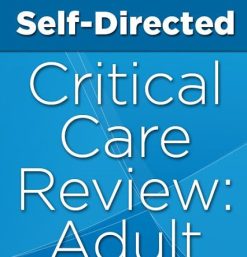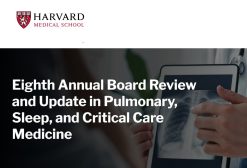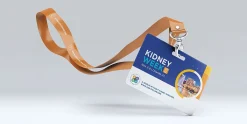MCE Conferences – Primary Care Update: Adult and Pediatric Emergency Medicine 2025
$120,00
This Product is shared via google drive download link, So please share your correct Gmail id while placing the order .Please note that there are no CME points or certificate associated with this course Samples for Courses Can be found here : Free Samples Here!
Videos +PDFs
Primary Care Update: Adult & Pediatric Emergency Medicine (Aug 29–31, 2025 · Big Sky, MT)
Objectives
Apply guidelines in the management of children with head injury (including when to order a head CT) and Return-to-Play/Return-to-Learn decisions.
Summarize which conditions can be identified by each step of a thorough pediatric eye exam and when to refer.
Use rapid decision-making for children with signs of surgical emergencies; choose appropriate diagnostics and avoid delays.
Improve diagnostic accuracy using the SPIT differential and Four-Stops medical decision-making tools, prioritizing high-risk and common conditions.
Describe implicit bias and its impact on clinical decisions, patient interactions, and outcomes.
Discuss age-related factors complicating decisions in older adults and recognize emergencies in cancer patients and elder abuse.
Recognize barriers to clinical reasoning and understand how AI can help (and its limitations, including bias/hallucinations).
Topics Covered
Concussions & Head Injury in Children: Return-to-Play/Return-to-Learn; imaging utilization.
Pediatric Eye Emergencies: Exam steps; infections/trauma; periorbital vs orbital infections; referral thresholds.
Minimizing Medical Error: Implicit bias; common cognitive errors; SPIT & Four-Stops tools.
A Wolf in Sheep’s Clothing (Parts 1 & 2): Benign complaints (sore throat, musculoskeletal pain, headache) that may hide serious disease; structured evaluation using SPIT/Four-Stops.
Evaluating High-Risk Patients: Older adults’ pitfalls; emergencies in oncology patients; recognizing elder abuse.
AI as a Partner in Clinical Reasoning: Real-case use, benefits, challenges, limitations.
The Febrile Young Infant (<8 weeks): Current evidence; decade of practice evolution; AAP guidance.
Does My Patient Need Surgery? (Pediatrics): Rapid recognition; appropriate tests; preventing diagnostic delay.
Visual Diagnosis (Pediatrics): Pattern recognition; key history questions.
Travel-Related Illnesses: Risk factors; malaria workup; prevention strategies.
In-Flight Emergencies: Good Samaritan law; clinician obligations; types and incidence of events
Related products
CRITICAL CARE / EMERGENCY MEDICINE
International Symposium on Intensive Care & Emergency Medicine ( ISICEM ) 2020
PULMONARY /RESPIRATORY
ANESTHESIOLOGY
CRITICAL CARE / EMERGENCY MEDICINE
ASN Critical Care Nephrology – 2022 Update (On-Demand and Livestream)
CRITICAL CARE / EMERGENCY MEDICINE
